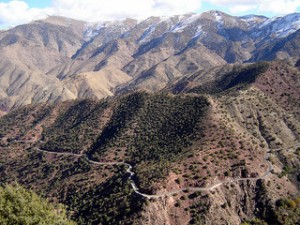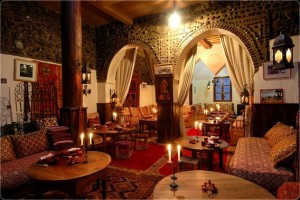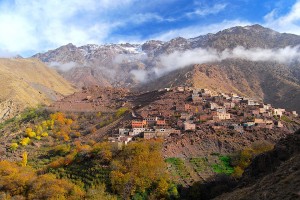Best Regions for Trekking in Morocco
Morocco is a trekker’s paradise with its diverse scenery and various levels of difficulty. With hundreds of miles to cover and many trekking paths in every region Morocco is a top choice for those looking to experience a trekking adventure. The best regions to trek…





